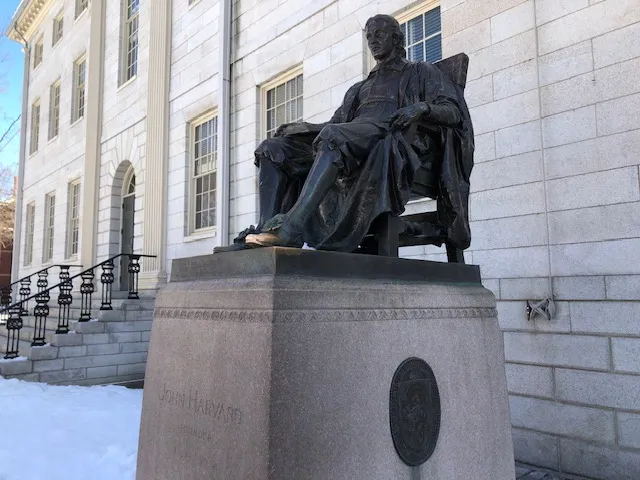Sorry, Harvard, but 'visual diversity'—having a campus that looks like a Benetton ad—isn't a compelling state interest.
Years ago, in preparing to send their oldest son through the gauntlet of Manhattan private-school admissions (for which I had to write a recommendation letter for a four-year-old!), my Asian-American cousin and her white husband talked to an “admissions consultant.” The consultant told them that elite preschools value “diversity.” My cousin excitedly told the consultant that she’s from the Philippines, her husband’s from Australia, and their son at his tender age had already lived in multiple countries and been exposed to many different cultures and languages.
“I’m sorry,” the smiling consultant said to them about their white-looking son, “but that’s not what these schools are looking for. Your child does not offer visual diversity.”
Visual diversity. That sad, shallow, hollowed-out vision of “diversity” is exactly the kind of diversity that Harvard, UNC, and other educational institutions are obsessed with. That’s the kind of diversity these schools are seeking by giving pluses to applicants who “check the box.” Checking the “Black” box doesn’t guarantee a “Black” experience: the descendant of former slaves, the child of the Nigerian tycoon, and our son Harlan have had very different life experiences, and as a result, they probably hold very different worldviews too. But here’s the one thing that all three of them can reliably deliver, thanks to their darker skin: visual diversity.
So in the end, what Harvard and UNC are arguing is that visual diversity is a compelling state interest. Having classrooms and admissions brochures that look like Benetton ads can justify resorting to racial classifications that we have justifiably banned in pretty much every other area of American life. The idea would be laughable if it weren’t so wrong.3

No comments:
Post a Comment